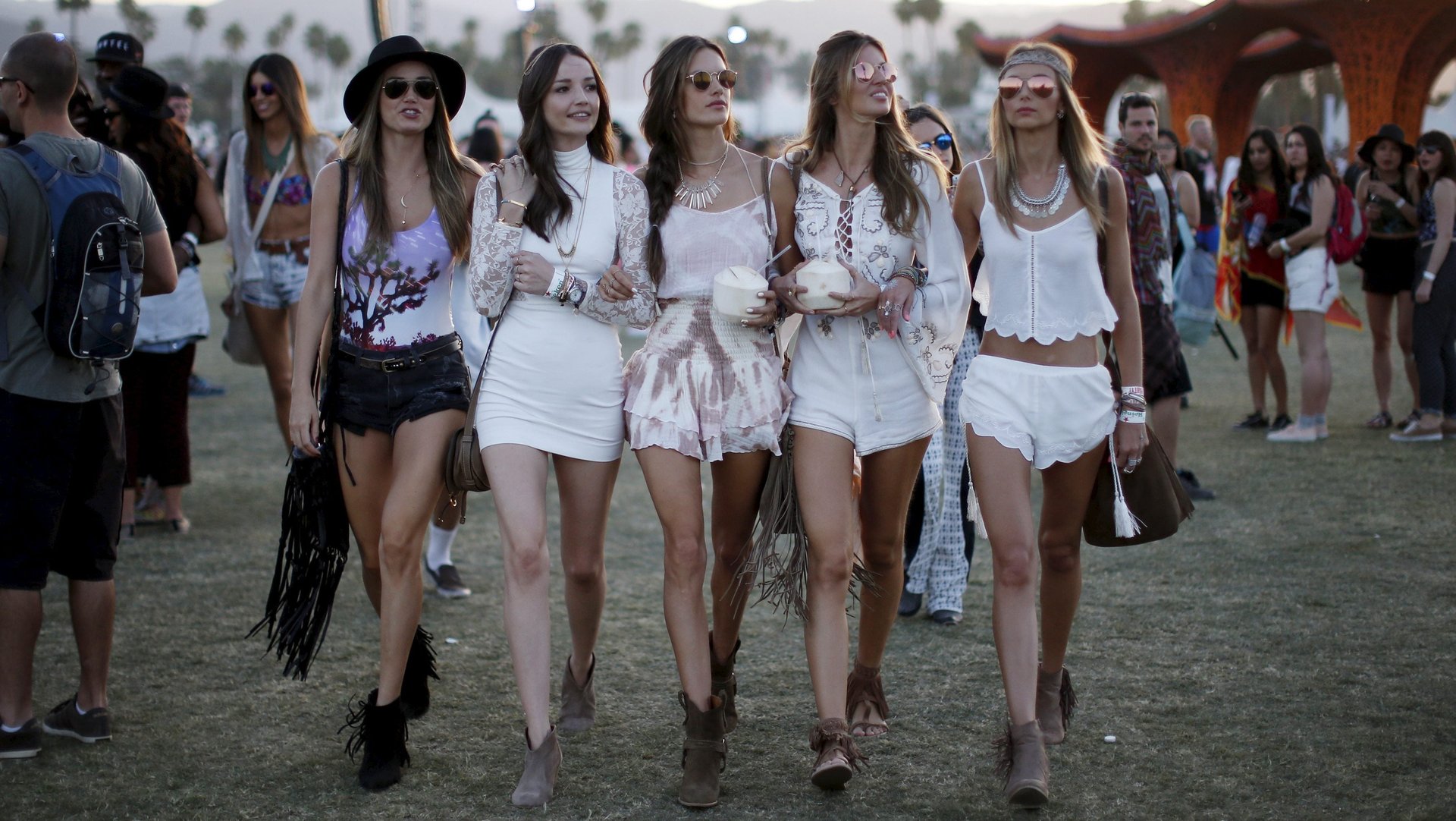For a city to be truly hip, it needs to be affordable
Hold onto your fair-trade wool beanies: the most hipster city in the nation is not Portland, Oregon—according to moving company MoveHub, at least, which recently came out with the US Hipster Index. Stumptown isn’t even top 10.


Hold onto your fair-trade wool beanies: the most hipster city in the nation is not Portland, Oregon—according to moving company MoveHub, at least, which recently came out with the US Hipster Index. Stumptown isn’t even top 10.
Who knew!
The ranking is based on five key metrics: numbers of microbreweries, thrift stores, vegan restaurants, and tattoo studios per 100,000 city residents; and most importantly, rent inflation in the last year. As a matter of fact, what makes these cities truly thriving meccas for hipsters, is not their hipness—but their affordability. Which why it turns out that for the best açaí bowls and cheap rent, the Index’s top hipster city is actually Vancouver, Washington—the largest suburb of Portland, Oregon. Go figure.
First, what is a hipster and why would MoveHub define them by microbreweries and vegan eating and tattoos? No one it seems is entirely sure. I, for instance, am a 26-year-old San Francisco transplant now living in New York City who wears thick glasses because I’m basically blind, gets called a hipster regularly, but I don’t drink beer, eat vegan, shop vintage, or have tattoos. I don’t even live in New York’s supposedly hipster mecca, Brooklyn (because it’s too expensive). To be frank, I find the whole “hipster” moniker somewhat condescending.
MoveHub acknowledges this lack of a real definition, and simply says, “hipsters are a subculture of 20- to 30-somethings who position themselves as non-mainstream pioneers; free-thinkers and non-conformist conformists.”
Beyond this ambiguous definition, the Hipster Index reveals that the top 10 cities to thrive for these self-fashioned “non-conformist conformists” are:
- Vancouver, Washington
- Salt Lake City, Utah
- Cincinnati, Ohio
- Boise, Idaho
- Richmond, Virginia
- Tacoma, Washington
- Spokane, Washington
- Atlanta, Georgia
- Grand Rapids, Michigan
- Rochester, New York
These cities don’t necessarily have the cheapest standards of living, but do offer the best value for the buck using Movehub’s five metrics. Compared with four better-known stereotypically hipster cities (New York, New York; San Francisco, California; Portland, Oregon; and Austin, Texas), the median rent of a one-bedroom apartment, as of December 2017, for seven of these 10 newly-appointed hipster cities are considerably lower. As much as 75% lower (Spokane, Washington versus San Francisco, California), in fact. But three of these cities (Vancouver, Washington; Tacoma, Washington; Atlanta, Georgia) have median monthly rents over $1,000—close to or exceeding the media monthly rents of classic hipster towns like Portland, Oregon and Austin, Texas. So head down to Austin for the breakfast tacos; it’s not too late, and it’s still much cheaper to live in any of these places than in New York or San Francisco.
Still, this doesn’t mean hipster arrivistes will automatically be welcome in these cities. “The problem with a ‘coolest city’ ranking is the way it takes things any city ought to be proud of — diversity, urbanity, art, energy, walkability, transit accessibility — and attaches them to a polarising sociological identity,” Jordan Fraade wrote for the Guardian. “Most Americans probably don’t have strong opinions about multimodal transit, or bicycle infrastructure. But they do have strong feelings about snobbish urban hipsters.”
With four cities in the northwestern corner of the United States (Vancouver, Boise, Tacoma, Spokane), perhaps it’s time for the gentrifiers of Brooklyn to pack their bags and head west. The rents won’t stay low for long.